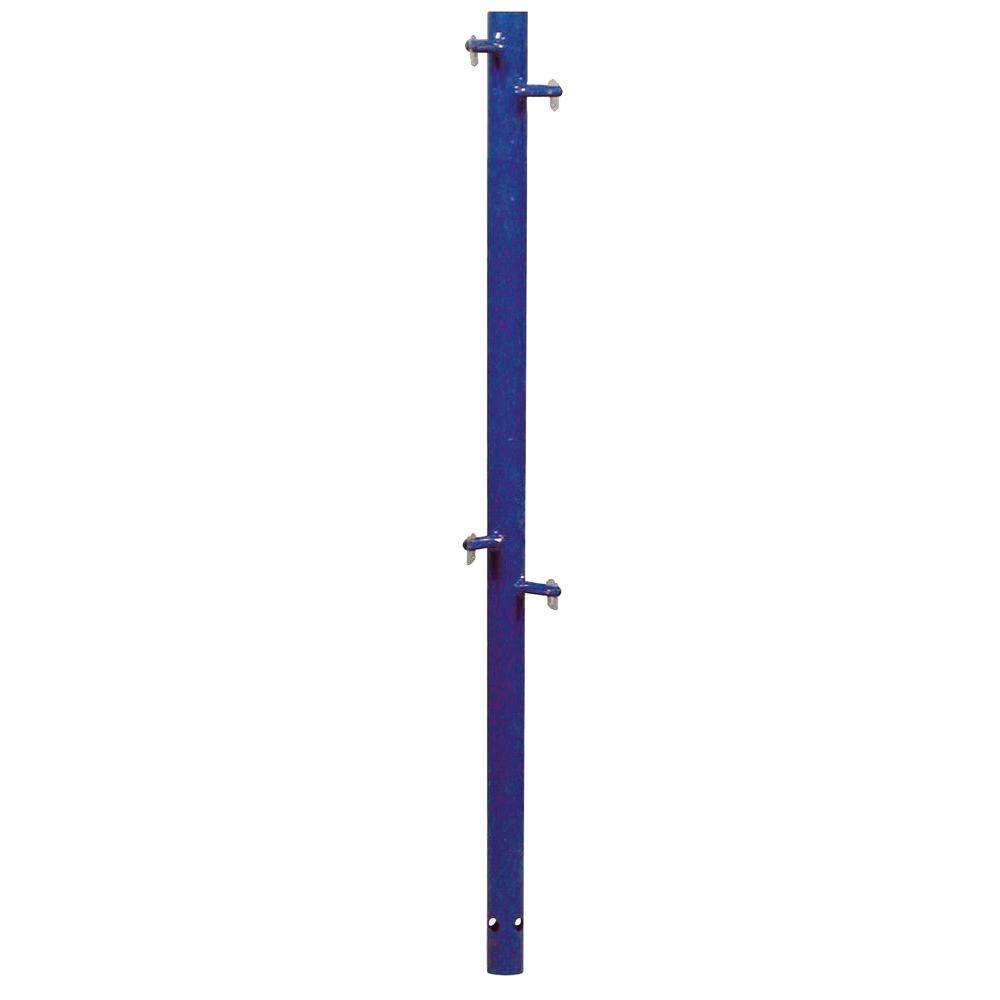

RAILS SCAFFOLD HOW TO
Here’s how to scaffold with extra fields: Your model only gets timestamp fields, which means that the only information that you can record about your books (or whatever model you’re working with) is the time at which they were created, or updated.

Open your browser to localhost:3000/books & you should be able to see the results! Rails Scaffolding With Extra Fields If no error messages show up, you’re ready! You have a basic structure for your new Rails application, or for a new feature that needs a new model, views & corresponding controller.
RAILS SCAFFOLD UPDATE
Keep in mind that this will DELETE the files created by the scaffolding process.īefore you can use your scaffolded code you have to run your migrations to update your database schema. If you want to undo this scaffolding, right after creating it, you can use the following command. View files under app/views/books (five in total).A new resources :books route added to your config/routes.rb file.You should see a lot of text scrolling by, which details the files being created. Let’s see an example! How to Use The Rails Scaffold CommandĪn example of scaffolding a project for a website about books would look like this. Views for every standard controller action (index, edit, show, new)Īnd a migration to prepare your database.“Scaffolding is a temporary structure used to support a work crew to aid in the construction, maintenance and repair of buildings, bridges and all other man-made structures.” – WikipediaĪ scaffold is a set of automatically generated files which forms the basic structure of a Rails project. You can do this using the rails g scaffold command. You may be learning Rails & you read that you have to create a “scaffold” to get your Rails application started…


 0 kommentar(er)
0 kommentar(er)
